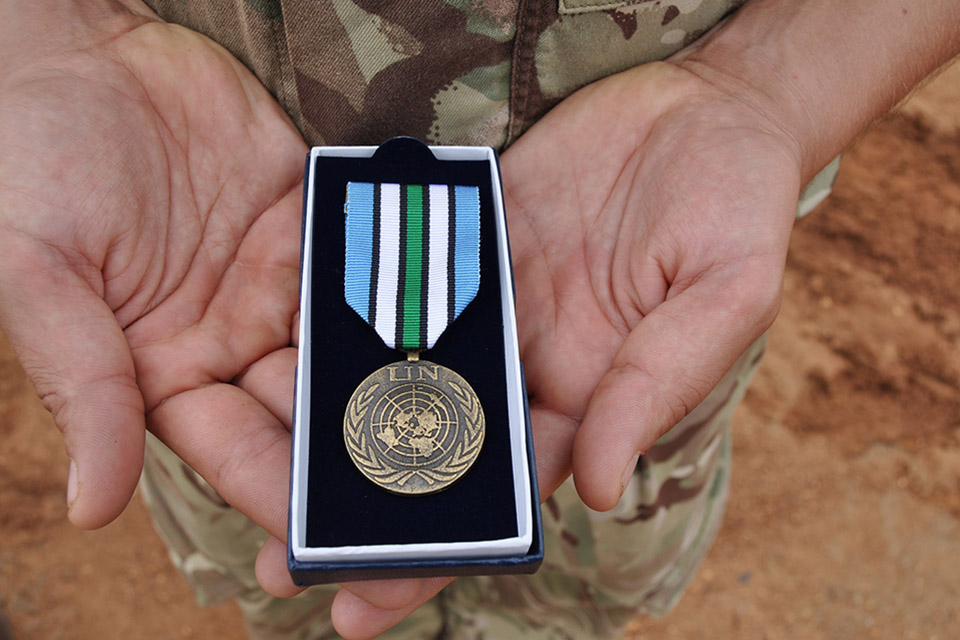News story: Defence Secretary pays tribute to wartime sacrifice at Passchendaele
The battle in Flanders began on 31 July 1917 and was a major engagement in the First World War, claiming the lives of around 275,000 British and Commonwealth military personnel and around 200,000 German lives.
Sir Michael Fallon joined Prime Minister Theresa May, the Duke and Duchess of Cambridge, The King and Queen of Belgium and other dignitaries last night for the playing of the Last Post ceremony at the Menin Gate in Ypres, Belgium. Music and readings were added to the traditional nightly service which has happened for over 90 years.
The UK Government, in collaboration with the Belgian Government, the Commonwealth War Graves Commission, and the Royal British Legion is hosting a series of events to mark one of the defining battles of the First World War. The Chief of the Defence Staff, Joint Force Commander and heads of the Royal Navy, British Army and Royal Air Force are in Belgium, where today visitors will gather to pay their respects at Tyne Cot cemetery near the village of Passchendaele. It is the largest Commonwealth War Grave in the world.
Defence Secretary Sir Michael Fallon said:
These services provide us with the time to reflect on the sacrifice not just of the thousands of British and Commonwealth troops who gave their lives, but of the men on all sides who did not return home. This was a battle which touched communities across Europe and it is a privilege to be here in Belgium to stand as friends with the representatives of all the countries who took part in the Battle – friends who continue to be strong allies.
Members of the UK Armed Forces took part in the event with the Pipes and Drums of the Royal Irish Regiment and The Band of the Welsh Guards providing music. The bands will also take part in an evening light show where images from the War will be projected onto the town’s Cloth Hall.
The Menin Gate is one of four memorials to the missing which covers the area known as the Ypres Salient. The site of the Menin Gate was chosen because of the hundreds of thousands of men who passed through it on their way to the battlefields. It bears the names of more than 54,000 casualties from the forces of Australia, Canada, India, South Africa and United Kingdom who died in the Salient whose graves are not known.
The full programme of commemorative events includes:
30 July: A traditional Last Post ceremony at dusk at the Menin Gate, Ypres, Belgium.
30 July: Sunset Ceremony at the Cloth Hall, Ypres Light projections onto the Cloth Hall in the Market Square will provide the backdrop to an evening of storytelling and music about the experience of soldiers during four years of war on the Ypres Salient
31 July: A ceremony at the Commonwealth War Graves Commission’s Tyne Cot Cemetery will take place on 31 July
31 July: A Welsh National Service of Remembrance will take place at the Welsh Memorial in Langemark.

